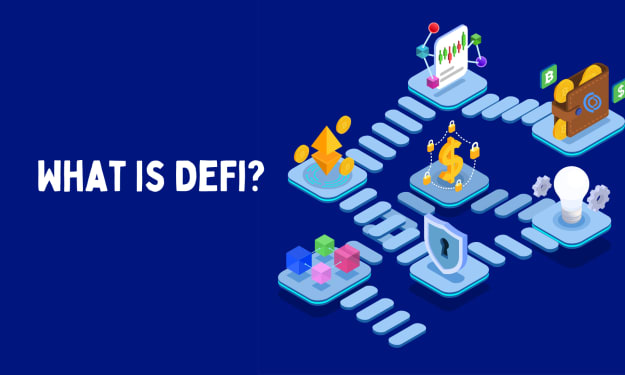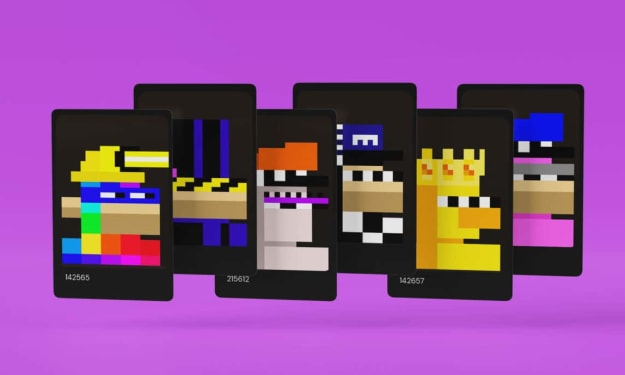
Anatoly Yakovenko, Solana Labs' founder, launched Solana in 2017. This project was designed to address issues associated with blockchain technology and provide a scalable and efficient system that uses Proof of History. The Solana blockchain can handle thousands of transactions per second.
Solana Ecosystem
Solana is an autonomous cryptocurrency with smart contracts and native cryptocurrency SOL. Serum, a Decentralized Exchange was launched by Solana in 2020. The serum is built on a Solana network, which allows it to gain speed and reliability. Raydium and Bonfida, Defi projects, are joining forces to support Solana's growth with additional projects like O3Swap or SolStarter.
What is an SOL token and how do you define it?
SOL, the native cryptocurrency of Solana works as a utility token. To pay transaction fees or interact with smart contracts, users need SOL. As part of its deflation, the network will burn SOL. SOL users can become network validators.
SOL uses the SPL protocol. SPL is the standard token used on the Solana Blockchain. There are two main uses for the SOL token:
- Modal of payment as a transaction fee, or smart contracts.
- As part of the Proof of Stake, you can stake tokens.
Consensus: The Solana Approach
Consensus refers to an agreement among blockchain nodes regarding the new transactions. The consensus should use it efficiently. Ordering events is an important part. Blockchain integrates "reliable" global time and facilitates timestamps to allow each event to know its position relative to other events.
Proof of Work allows you to confirm the time loop between events using a mechanism called Proof of Work. PoW is a faster and more expensive way to make transactions with Ethereum and Bitcoin. This problem is solved by Solana, which uses Verifiable Delayed Functions and a new mechanism called Proof of History.
How Solana Works With History Proof?
You can combine information randomly with hash functions. A hash function will always produce strings that are the same length regardless of input type and size.
The Hash function creates an unbroken chain of hashed transactions. The hash strings can be verified orders of transactions that a validator adds to a block without the need for regular timestamps.
Hashing requires a specific amount of time. Validators can verify the time spent. A hashed version, which is the most recent state of transactions, can be used to speed up the confirmation of a new block.
It is important to understand that Proof of History does not constitute a consensus mechanism. Instead, it serves as a means of moving the time spent verifying the order of transactions.
Consolidating with proof of stake makes it easier to pick the next validator for a block. The network adopts a new validator faster and nodes can validate transactions' orders in a short time.
Modern GPUs are made up of 4,000 cores. They help in parallel processing to verify the sequence. Core 1 verifies hash 1, Core 2 checks hash 2, and so on, with parallel processing simultaneously.
Solana's Core Components
Proof of History (PoH), a clock that predates consensus
This allows for greater efficiency and higher throughput rates within the Solana network. It is simple to track transactions and the order of events within the network using POH.
Tower BFT – PoH-optimized version PBFT
Tower BFT, a PBFT-like algorithm, is designed to use the synchronized clock. It uses PoH as its cryptographic counter and allows for consensus without transaction latency and messaging overhead.
Turbine - A block propagation protocol
The Turbine is used to transmit data to the Blockchain nodes. It does this by splitting them into packets. This allows Solana to quickly fix transactions and address bandwidth issues.
Gulf Stream – Mempool-less transaction for forwarding protocol
The Gulf Stream protocol speeds up transaction caching and sends it to the edge. This allows validators to quickly execute transactions by reducing the confirmation and leader switching times, as well as allowing validators to use less memory from the unconfirmed transaction pool.
Sealevel - Parallel smart contract run-time
Sealevel is a hyper-parallel transaction engine for processing transactions that scales horizontally over SSDs and GPUs.
Pipeline - A Transaction Processing Unit that optimizes validation
Pipelining refers to a stream that assigns input data to different hardware. This allows transaction information to quickly be validated and replicated across all nodes within the network.
Cloudbreak - Horizontally-Scaled Accounts Database
Cloudbreak is required to achieve high scalability across the Solana network. Cloudbreak is a data format that allows for parallel reads or writes across the network.
Archivers - Distributed ledger storage
Archivers are used to store data. Data on Solana is offloaded from validators to a network known as Archivers.
Top 5 Projects Built On Solana Blockchain Platform
Raydium
It's a Defi App that is based on AMM. Raydium's uniqueness is due to its chain liquidity.
Serum
The serum is a decentralized currency with higher efficiency and a lower transaction fee. Gas fees are very low in the Solana network.
Bonifida
Bonifida acts as a link between serum users and the Solana network. It also displays data analytics for the Solana network
Orca
Orca, a cryptocurrency exchange platform, aims to offer traders intuitive UX with Aggregator. It's more advanced than AMM because users can continue trading and it offers all the liquidity pool, Serum, and Orca availability.
Mango Markets
This is DEX-based, cross-margin trading with a leverage of up to 5X. The platform's basic features include on-chain margin trading and perpetual futures.
The Solana Blockchain is a remarkable platform because of its incredible scalability features. This allows for higher efficiency in the execution of transactions with low gas fees. You can launch a cryptocurrency exchange to gain enhanced trading, use the Solana blockchain.





Comments
There are no comments for this story
Be the first to respond and start the conversation.